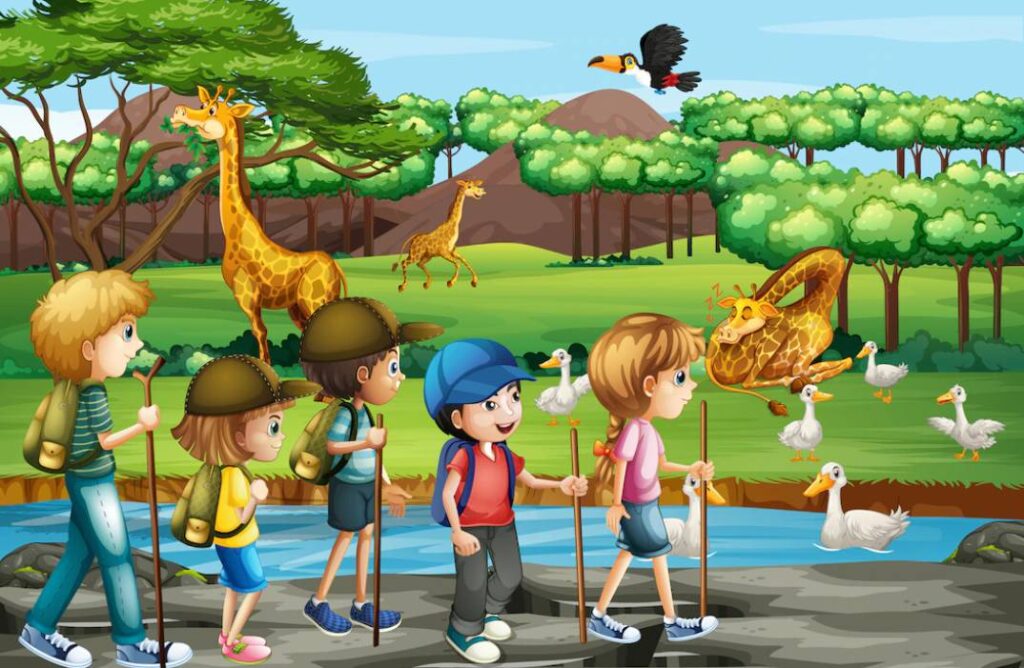Warner Bros. TV Group fired off 82 employees across its scripted, unscripted, and animation businesses on Wednesday, a Warner Bros. spokesperson confirmed to Polygon. The organization will leave vacant 43 of the existing unoccupied posts. While the three brand labels Warner Bros. Animation (WBA), Cartoon Network Studios (CNS), and Hanna-Barbera Studios Europe will remain separate, the development and production teams of WBA and CNS will be merged into a single division.
According to Deadline, Warner Bros. has also reversed its initial decision to close the Warner Bros. Television Workshop, which was intended to foster new talent and provide a pipeline that many in the animation industry have cited as invaluable in assisting underrepresented creators to break into a highly competitive field. The session will be relocated to the Diversity, Equity, and Inclusion unit of Discovery.
Some of Cartoon Network Studios’ cartoons have already grown more difficult to find and view prior to these changes. Additionally, the cuts follow Discovery’s acquisition of Warner Media from AT&T. In 2023, HBO Max and Discovery Plus will merge into a single streaming service. Former Discovery CEO David Zaslav has committed to eliminate $3 billion from the corporation since becoming CEO in April. He has taken an aggressive approach to achieve this goal.
Zaslav has delivered on his promise, especially in the genre entertainment field. Discovery fired off 14% of the HBO Max team in August and scrapped the Batgirl film. The removal of cherished cartoons from HBO Max later that month was a surprise to the authors of the cartoons. Dozens of Sesame Street episodes were deleted off the streaming platform, as were other shows, such as the fan-favorite OK K.O.! – Let’s Be Heroes and the four-season run of Infinity Train, which is no longer airing on Cartoon Network. (It is still available on other streaming providers.) Summer Camp Island and Victor and Valentino continue to air on Cartoon Network, despite their absence from HBO’s streaming service.
According to Variety, “production will remain unchanged” as a result of the merger between WNA and CNS; nevertheless, animation industry insiders and others have not been as enthusiastic. Cartoon Brew labeled the studio “defunct,” prompting a response from a Cartoon Network employee. A Warner Bros. official told Polygon that CNS is not going away and that it has numerous projects in production. The real question is how this combined division will establish its goals, which will depend largely on what viewers actually watch and what the corporation thinks profitable.
Many of us who grew up watching and worrying over Cartoon Network’s numerous cartoon blocks could readily spot the differences between the two animation studios over the years, even before the consolidation and layoffs. It is difficult to predict how these two studios will merge, especially after so many great individuals were laid off.
Tom & Jerry, Wile E. Coyote and the Road Runner, The Flintstones, Scooby-Doo, and, of course, Looney Tunes were created by Warner Bros. Animation (WBA) during the 1950s and 1960s. However, over the years, WBA has adhered to this strategy, essentially recycling its iconic IPs and showing them on Cartoon Network. As a child, I watched Scooby-Doo, Looney Tunes, and Tom & Jerry cartoons. I can still watch these similar characters as an adult, and not just in reruns.
While Warner Bros. Animation’s brand is reminiscent of the past, Cartoon Network Studios has produced major and innovative shows that have also endured the test of time over time. Yes, there are reboots, most notably of Cartoon Network’s wildly popular late ’90s and early ’00s programs, such as Powerpuff Girls and multiple versions of Ben 10. In addition, there are numerous paradigm-shifting shows, such as Powerpuff Girls and Samurai Jack, which incorporated anime-inspired elements. And that’s not even mentioning Cartoon Network’s Toonami block, which exposed many American children to anime before it became popular in the West, and which aired Pokémon for years.
CNS was also one of the few big animation studios to highlight queer characters and sapphic romances in the 2010s, paving the way for future animated series. Adventure Time, which premiered in 2010 and ran for 10 seasons, was only able to resolve the “Bubbline” relationship between Princess Bubblegum and Marceline in the 2011 episode “Go With Me.” Later, Princess Bubblegum sleeps in Marceline’s shirt, and the 2018 finale of the show seals the deal with a kiss. With a cast of non-binary Crystal Gems, multiple homosexual characters, and a fantastic wedding episode, Steven Universe from 2013 would go on to become one of the most acclaimed and influential modern queer cartoons.
The steady trickle of LGBTQ+ animated programming presently available on streaming providers owes a great deal to these titans of Cartoon Network Studio. Velma from Warner Bros. is a lesbian! This would have been inconceivable years ago, even as Hayley Kiyoko (dubbed “Lesbian Jesus” by her fans) played her in the 2009 and 2010 made-for-television movie.
Despite the continued existence of CNS following this consolidation, layoffs continue to have very serious implications. According to The Daily Beast, a significant portion of the HBO Max executives who were terminated in August were individuals of color. Former Warner Bros. employees suggested to The Daily Beast at the time that this was the result of an ideological shift in which content was aimed at a less diversified and more “Middle America” audience. Now, we’re observing modifications at an animation studio renowned for its innovative programming. How WBA and CNS will collaborate is unknown, as is whether memorable, boundary-pushing cartoons will remain a focus at a company whose guiding principle is reality entertainment.

